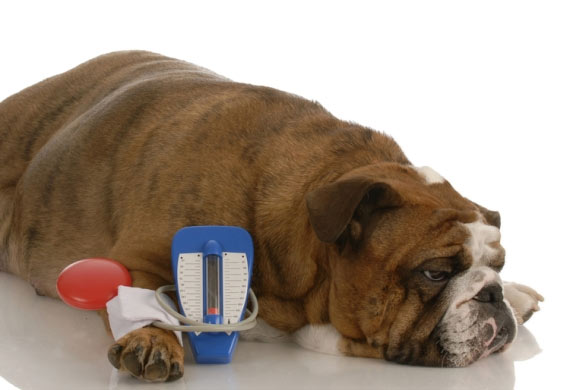Unfortunately, diabetes in cats and dogs is on the rise. In fact, according to one report, the cases of diabetes in dogs have jumped by nearly 80% from 2006 until 2011.[1] Cats can also suffer from cases of diabetes.
What can you do to prevent diabetes in cats and dogs? In this article, we will look at some preventable steps all pet owners can take to reduce the risk of their pets developing diabetes.
How to Prevent Diabetes in Dogs
Some dogs are more prone to developing diabetes than others. However, as with humans, lifestyle factors can greatly influence the prevalence of diabetes in dogs. Here are 3 ways you can help prevent canine diabetes:
- Always take your dog for regular checkups to your local vet clinic. Be ready during the checkup to mention if you have noticed if your pet dog has become more thirsty or you have noticed other changes in appetite or urination.
- Keep active with your dog. Being active with your dog will also improve your health. Even if you can’t take your dog for long daily walks, exercise your dog every day.
- Keep a check on weight. Don’t overfeed your dog as canine obesity can lead to type 2 diabetes. Also, only buy good quality dog food and try to introduce fruit and veg to their diet.
How to Prevent Feline Diabetes
There is also much you can do to prevent diabetes in cats. Two of the most important factors in preventing cat diabetes is the type of diet they have and the amount they eat.
One of the best ways to help reduce the risk of your pet getting diabetes is to keep them on a high-protein, low-carbohydrate diet. Cats need lots of protein and too many carbs can spike their sugar levels. If you buy kibble or cat food, always check the carbohydrate content as cheaper brands may have a higher carbohydrate content.
As with dogs, you should be careful with the amount you feed your cat. Obesity in cats is one of the greatest diabetes risks to cats, dogs, and humans.
Of course, it may not be possible to prevent diabetes in all cats and dogs. But following the advice in this article will greatly reduce the risk of your pet cat or dog developing diabetes.
Article source: 1. Banfield.com. State of Pet Health 2016 Report.
